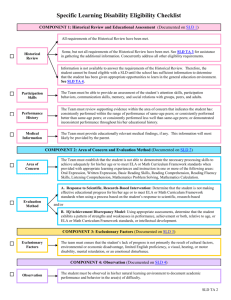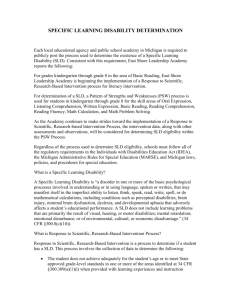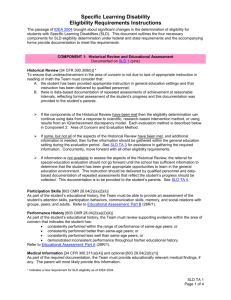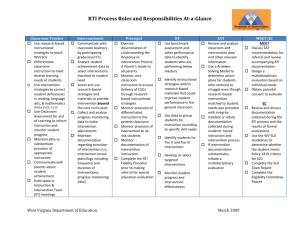bernstein-european_climatology
advertisement
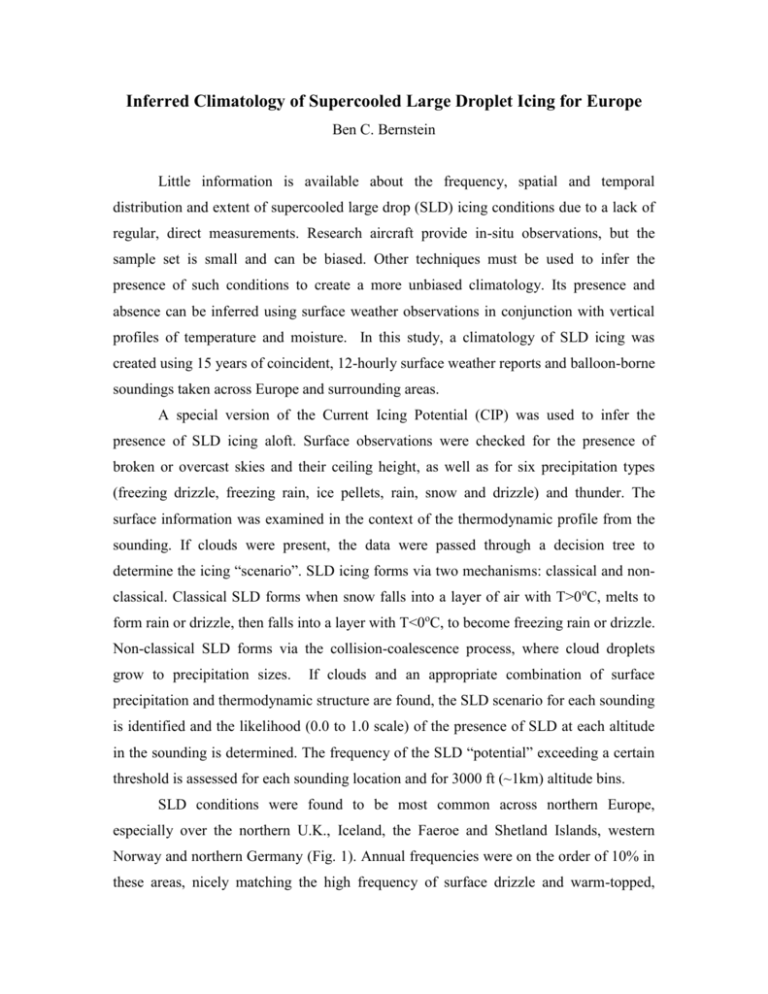
Inferred Climatology of Supercooled Large Droplet Icing for Europe Ben C. Bernstein Little information is available about the frequency, spatial and temporal distribution and extent of supercooled large drop (SLD) icing conditions due to a lack of regular, direct measurements. Research aircraft provide in-situ observations, but the sample set is small and can be biased. Other techniques must be used to infer the presence of such conditions to create a more unbiased climatology. Its presence and absence can be inferred using surface weather observations in conjunction with vertical profiles of temperature and moisture. In this study, a climatology of SLD icing was created using 15 years of coincident, 12-hourly surface weather reports and balloon-borne soundings taken across Europe and surrounding areas. A special version of the Current Icing Potential (CIP) was used to infer the presence of SLD icing aloft. Surface observations were checked for the presence of broken or overcast skies and their ceiling height, as well as for six precipitation types (freezing drizzle, freezing rain, ice pellets, rain, snow and drizzle) and thunder. The surface information was examined in the context of the thermodynamic profile from the sounding. If clouds were present, the data were passed through a decision tree to determine the icing “scenario”. SLD icing forms via two mechanisms: classical and nonclassical. Classical SLD forms when snow falls into a layer of air with T>0oC, melts to form rain or drizzle, then falls into a layer with T<0oC, to become freezing rain or drizzle. Non-classical SLD forms via the collision-coalescence process, where cloud droplets grow to precipitation sizes. If clouds and an appropriate combination of surface precipitation and thermodynamic structure are found, the SLD scenario for each sounding is identified and the likelihood (0.0 to 1.0 scale) of the presence of SLD at each altitude in the sounding is determined. The frequency of the SLD “potential” exceeding a certain threshold is assessed for each sounding location and for 3000 ft (~1km) altitude bins. SLD conditions were found to be most common across northern Europe, especially over the northern U.K., Iceland, the Faeroe and Shetland Islands, western Norway and northern Germany (Fig. 1). Annual frequencies were on the order of 10% in these areas, nicely matching the high frequency of surface drizzle and warm-topped, cloudy skies in these areas. Low frequencies were found along the Mediterranean, where clouds and precipitation were less common, and across most of Russia. The Russian minimum may be attributable to issues with surface precipitation type reporting. Prime locations changed latitude and height during the year, moving northward into the Arctic during the summer and southward toward the Alps and even the Mediterranean during the winter. The frequency for all European stations combined was on the order of 2%, when the entire column is considered (SLD>0.4 at any altitude is a “yes”, while the lack of SLD>0.4 at all altitudes is a “no”). Most events appeared to occur below 15,000 ft, were less than 2000 ft deep and formed via the non-classical mechanism. Fig. 1 - Annual average column SLD frequencies (%) over Europe.
